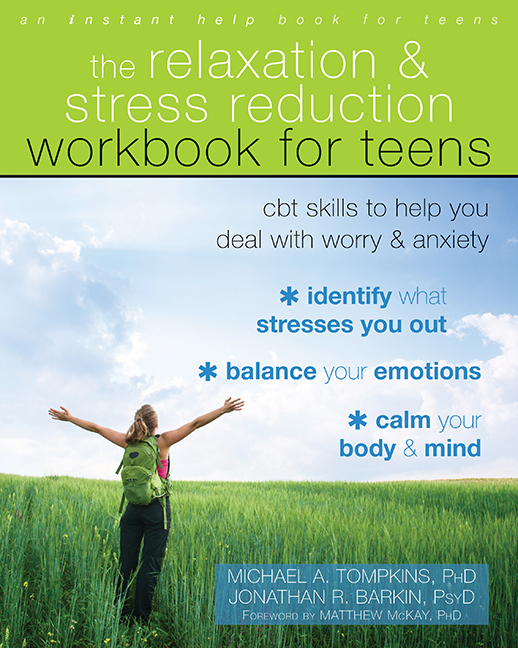By Michael Tompkins, PhD, ABPP
In cognitive behavioral therapy (CBT) with teens, it’s essential that teens learn to identify automatic thoughts, and to correctly link these thoughts to how they feel and act in the moment. Most teens can easily learn to identify automatic thoughts, but some teens struggle to do this. If your teen clients are having trouble learning to do this, try the following:
Watch for a change in affect or behavior and point it out to the teen.
“Rita, I just noticed that you dropped your head when you were talking about your dad. What just went through your mind?”
Focus teen on their emotion or physical reaction.
Therapist: Rita, what’s going through your mind right now?
Rita: I don’t know.
Therapist: How are you feeling right now?
Rita: I don’t know, maybe I’m a little stressed.
Therapist: Where in your body do you feel the stress?
Rita: In my head. I feel a little dizzy.
Therapist: So, when I asked you about your final exams, you felt stressed. What were you thinking about?
Rita: I guess I thought that maybe I’m going to flunk out of math.
Offer suggestions.
At times, you can take a guess. I always ask for permission first. “Rita, may I share a guess I have? When I asked you about the final exams, you felt stressed. I wonder if you were thinking, ‘Maybe I’ll flunk my exams.’”
Offer the opposite.
At times, it can help to offer the opposite of the more likely automatic thought, and with a smile.
Therapist: Rita, may I share a guess I have? When I asked you about the final exams, I wonder if you were thinking, ‘Hey, I’m going to ace my exams.’
Rita: Hardly. I guess I was thinking I might flunk them.
 The Relaxation and Stress Reduction Workbook
The Relaxation and Stress Reduction Workbook
Michael A. Tompkins, PhD, ABPP, is codirector of the San Francisco Bay Area Center for Cognitive Therapy; assistant clinical professor at the University of California at Berkeley; and author or coauthor of numerous books, including Anxiety and Avoidance.

 2024 Peace Playbook: 3 Tactics to Avoid Clashes with Your Partner
2024 Peace Playbook: 3 Tactics to Avoid Clashes with Your Partner